Coarse Hair – Causes, How To Identify, & How To Care For It
Tips and ways to take care of coarse hair properly and make them smooth.

Image: iStock
Did you know that coarse hair is a hair type? So, if you feel your hair is frizzy, difficult to style, and brittle – you have coarse hair. It is different from dull, rough, and damaged hair. Wondering how to tell the difference? You can learn more about coarse hair type right here. It is usually thick and does not break easily. Identifying your hair type can help you take care of it properly. In addition, you can learn the specific products it needs and the more flattering hairstyles for such hair types. So, go ahead and scroll down to figure out if you have coarse hair.

In This Article
What Does Coarse Hair Mean?
Coarse hair is different from curly, kinky, and frizzy hair. There is only one determining factor when it comes to coarse hair its diameter! It has the thickest diameter compared to all other hair types. To be precise, it is composed equally of all the three layers of the hair shaft (cortex, cuticle, and medulla), unlike any other hair type. This hair is generally thicker than a sewing thread. You can feel its thickness if you roll it in between your fingers. However, this hair type needs more time to absorb moisture and quickly loses its luster. Hair porosity also plays an important role in this. Strands with low porosity tend to be coarser and frazzled. Hence, it needs the right hair care products for maintenance.
 Fun Fact
Fun FactWondering if you have coarse hair? Just follow the instructions given below to find out!
Key Takeaways
- Coarse hair is characterized by thick hair, which needs more time to absorb moisture and losses its luster quickly.
- Usage of heat styling tools and products containing chemicals and calcium deficiency can cause coarse hair.
- Regular oil massages, hair masks, and trimming can help reduce dryness and heat damage.
- Avoid alcohol-based hair products and invest in good moisturizing products to manage coarse hair.
How To Identify Coarse Hair
Hair stylists say it is easy to confuse coarse hair with curly hair.
They are very different and have various hair textures. Coarse hair typically has thicker hair circumference than most hair types.
There are three factors that are essential for determining different hair types: the diameter, density, and elasticity of your hair. The good news is once you identify your hair type, the right steps and intervention can make it easy to manage coarse hair.
1. Diameter
You cannot determine the diameter of your hair just by staring at it.
Process
To find out if your hair is fine, medium, or coarse, hold a strand between your fingers.
- If you cant feel the hair strand between your fingers, you have fine-textured hair.
- If you can feel the hair strand between your fingers, you have medium-textured hair.
- If you can distinctly feel the presence of a rough hair strand between your fingers, you have coarse hair.
2. Density
Figuring out the density of your hair is another way of determining your hair type.
Process
Grab a handful of your hair, pull it to one side, and check how visible your scalp is.
- If you have fine hair, you can clearly see the scalp.
- If you have medium hair, your scalp will be somewhat visible.
- If you have thick hair, your scalp will not be visible at all.
3. Elasticity
This step will not only determine your hair type but also help you figure out how healthy your hair is.
Process
Pull out a hair strand and slowly stretch it between your index fingers and thumbs.
- If it breaks immediately, your hair has low elasticity.
- If it stretches up to 50 % and returns to its original length when released, your hair has high elasticity.
- Fine hair has low elasticity, medium hair has average elasticity, and coarse hair has high elasticity.
Coarse hair is very dry when compared to other hair types and hard to manage. Having coarse hair can cause some problems, like frizz and brittle strands. Find out more about coarse hair problems in the following section.
What Are Some Common Coarse Hair Problems?
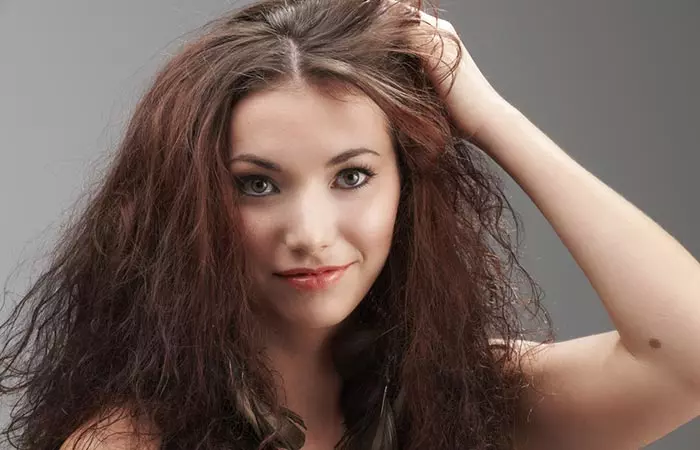
Coarse hair tends to get dry easily. You can also feel the roughness of your hair strands. Coarse hair is also prone to frizz and brittleness. If you have coarse hair, you can get silky, smooth, and shiny hair with the use of the right hair care products.
Some people have naturally coarse hair due to their genes. But if you have always had normal hair and are starting to notice your hair getting coarser, it can be because of several reasons. Scroll down to the next section to find out what they are.
Causes Of Coarse Hair
- Hormonal Imbalance (Hypothyroidism)
The thyroid hormones secreted in your body directly affect the health of your hair. Insufficient secretion of these hormones causes hypothyroidism. Hypothyroidism disrupts the structure of your hair follicles. As a result, the quality of your hair diminishes, and it starts turning frizzy.
According to an analysis of the Optum administrative claims database along with the National Health and Nutrition Examination Survey, the prevalence of hypothyroidism in the United States increased from 9.5% in 2012 to 11.7% in 2019. During the same period, the percentage of patients with untreated hypothyroidism (HT) rose from 11.8% to 14.4%. These findings indicate a steady growth in the prevalence of hypothyroidism in the United States since 2009.
Regular Heat Styling
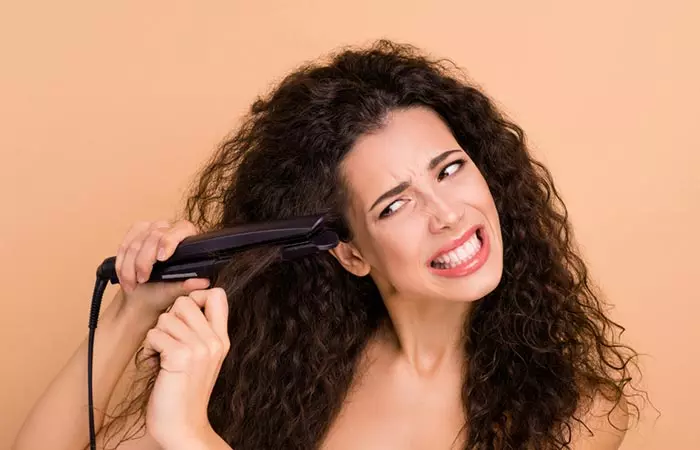
Styling your hair with blowdryers, straightening irons, or curling irons on a regular basis strip away its moisture and reduces the secretion of sebum. The natural oils keep your hair moisturized and prevent frizz. Thus, a reduction in their secretion can make your hair coarse.
- Harsh Chemical-Filled Products
Shampoos that contain SLS are a complete no-no. They strip your hair of its moisture. Over time, this leads to dryness, and your hair becomes coarse. It then causes breakage. Limit using hair relaxers and undergoing coloring treatments like hair lowlights or hair highlights as they introduce harsh, dehydrating chemicals to your mane. It is best to wash your hair on alternate days with a sulfate-free or organic shampoo.
Calcium Deficiency
Calcium is essential for blood circulation, which plays an important role in maintaining the health of your hair. Calcium deficiency can ruin the texture of your hair and cause hair fall.
Furthermore, iron deficiency, genetics, and certain medical conditions can also cause coarse hair. If you have never had coarse hair in your life and are suddenly facing this problem, it can be a pain to deal with. Fortunately, there are some simple steps you can take to improve the texture of your hair. Just keep scrolling!
How To Take Care Of Coarse Hair
For those with coarse hair, learning how to soften coarse hair can make a significant difference in manageability. Here are a few tips you can follow:
1. Oil Your Hair Regularly
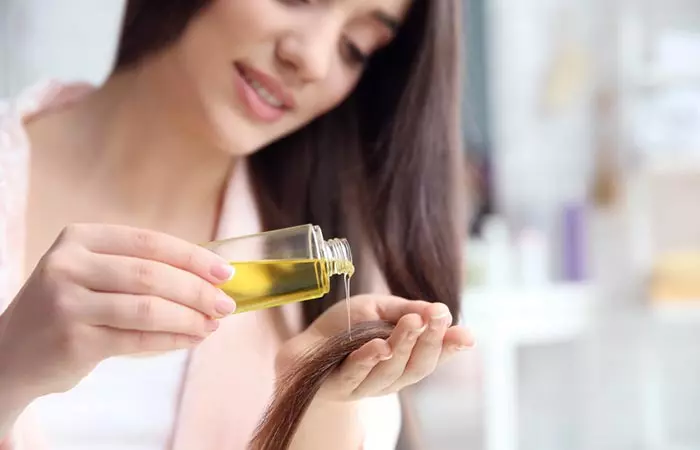
Coarse hair lacks moisture and is often associated with low secretion of natural oils from your scalp. Hence, it is important to oil your hair regularly. Apply generous amounts of oil, especially on the ends. You can opt for adding simple organic coconut oil to your hair care routine. This will keep your hair moisturized and make it more manageable. It enhances hair bounce too. Oil your hair before going to bed and leave it on overnight. Wash your hair the next morning with a gentle shampoo. Repeat this process twice a week.
2. Try Deep Conditioning Masks
Deep conditioning is the best way to keep your coarse hair healthy. Hair masks are a great way to moisturize, soften, and soften coarse hair. DIY hair masks with natural ingredients like coconut, avocado, olive oils, and aloe vera can provide added nourishment to your dry, coarse hair. These natural plant oils also reduce frizz and soften your coarse hair. You can also add a few drops of your favorite hair serums to promote hair hydration. It may also boost hair strength. Scalp massage with these hair oils can reduce the dryness of your hair and also increase its thickness (1).
3. Limit Heat Styling
Even though coarse hair is the strongest of all hair types, overuse of heat styling tools can strip off all the moisture from your strands. This makes your coarse hair frizzier, drier, and unmanageable. So, you should limit the usage of heat styling tools. If you still want to use hair styling tools, make sure you apply a heat protectant first. While using a blowdryer, keep it 6 inches away from your hair to prevent heat damage (2).
4. Invest In Good Hair Products

Good hair care products here refers to products that are specifically formulated for coarse hair. Use shampoos containing fatty acids and antioxidants that help in nourishing the outer layers of your hair shafts. They keep your hair moisturized and free from breakage. Also, do not rub your hair vigorously while shampooing it as it can cause frizz or tangles.
5. Regular Trimming
Coarse hair is prone to breakage and split ends due to the lack of moisture. Trim your hair once every 7 to 8 weeks to remove the dead or dry ends. It will make your hair more manageable. Regular trims can help improve the look of your hair by removing the split ends. Also, it will make your hair look thicker and shinier.
6. Avoid Alcohol-Based Hair Products
Alcohol is the main ingredient in many hair care products. But, it has a drying effect on your hair. It also makes your hair more prone to damage. Although alcohol-based hair products help tame your coarse hair, they also strip off its moisture. Since coarse hair is drier than other hair types, try to opt for gentle, alcohol-free formulas for your coarse hair.
7. Co-Washing
Also known as the no-poo method, co-washing is quite common among curly-haired women. It involves washing your hair only with a conditioner. Instead of a shampoo, you use a conditioner to rinse out the dirt. This prevents dryness and keeps your hair moisturized. This reportedly works best on curly or frizzy women. Since this method is primarily used to get soft hair instantly, it works well in improving the texture of coarse hair.
8. Adopt Protective Hairstyles
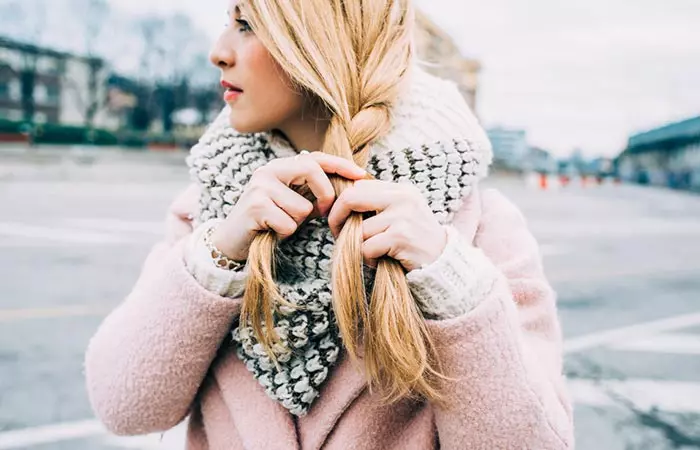
Coarse hair, when left untied, attracts dust and dirt and is more prone to getting tangled. Detangling coarse hair can be a real nightmare as it leads to some serious breakage. Hair protective styles reduce the hassles of hair combing and prevent breakage. So, tie your hair up in a pretty braid or an elegant bun to protect it from these stressors while still looking cute! Make this a part of your daily hair care routine, especially your night routine, and your hair will thank you.
9. Switch To Silk Pillowcases
Sleeping on cotton pillowcases is one of the main causes of dry hair and split ends. Silk pillowcases provide a smooth and frictionless surface that is gentle on your hair. This makes hair detangling easier and they also absorb less moisture. This means they may help your strands retain their natural oil and moisture, boosting hair shine.
10. Opt For The Right Type Of Hair Brush
Hair brushes play an important role when it comes to managing every hair type. Just like straight tresses benefit more from paddle brushes, coarse hair also requires a different type of hair brush that allows easy brushing without unwanted tugging and hair breakage. Individuals with coarse hair can opt for a boar bristle brush or one with nylon bristles. These brushes help in reducing static, thereby preventing friction and improving your overall hair texture. They also help in evenly distributing the natural hair oils throughout the entire hair length, which aids in reducing dryness and keeps the strands manageable.
Coarse hair is different from thick, curly, or kinky hair. Find the exact difference between these hair types in the following section.
What Is The Difference Between Thick Hair And Coarse Hair?
- Coarse Hair
Coarse hair refers to the thick circumference and rough texture of each hair strand. It has a wider diameter when compared to other hair types.
- Thick Hair
Thick hair refers to the number of hair follicles on your scalp and how much hair you have on your head. Therefore, the thickness of your hair determines its volume. Thick hair has nothing to do with the size of each hair strand. Your thick hair can have a fine or medium texture, as well. Furthermore, this hair type is prone to frizz and breakage.
- Curly Or Kinky Hair
When you use the words kinky or curly to describe your hair, you are actually talking about its curl pattern. Knowing about the different types of curls can also help you determine the best care practices for your specific hair type. The texture of your curly hair can be fine, medium, or coarse. Its a common misconception that kinky hair is coarse. This could not be further from the truth. Kinky hair is the most fine-textured and fragile of all hair types. Also, this hair texture is more prone to breakage than other types.
 Quick Tip
Quick TipWondering if your hair gets coarser as you get older? Find out in the next section!
Does Your Hair Get More Coarse As You Age?
As you age, your hair generally gets drier and more coarse. Your hair texture can change with the hormonal fluctuations in the body as you get older.
Infographic: Coarse Hair Care 101: Tips And Tricks For Lustrous Locks
Coarse hair can be difficult to manage due to its thick, rough texture and lack of natural oils. However, with proper care and attention, you can keep your coarse hair healthy, moisturized and shiny. Take a look at the infographic below to learn some tips and tricks to help you take care of your coarse hair and achieve the best possible results.

Illustration: StyleCraze Design Team
Having coarse hair means that your hair strands tend to be very thick. Naturally coarse hair has thick hair shafts with a wider circumference than most other hair types. It is not to be confused with thick or curly hair as coarse hair has a different texture. Hair density, diameter, and elasticity set apart this type of hair from other hair types. It tends to look a bit rough and unruly. With the right hair care routine, you can improve the health and manageability of coarse hair, making it look voluminous and fuller. With the tips mentioned above, you can also make coarse hair easy to style with improved hold for any hairstyle.
Frequently Asked Questions
Can coarse hair become soft?
Yes. Coarse hair can become soft and manageable with the right care and treatment. Regular deep conditioning, moisturizing treatments, and the use of hair oils can help improve texture and softness over time.
What products work best for coarse hair?
Moisturizing shampoos and conditioners, leave-in treatments, and nourishing hair oils like argan or coconut oil are great for coarse hair. Products designed for hydration and frizz control are especially effective in taming and softening coarse strands.
Is coarse hair better or fine hair?
Both hair types have their pros and cons. While fine hair is silky and lacks volume, coarse hair is less prone to hairfall and is usually frizzy.
What ethnicity has coarse hair?
People of Asian and African origin are more likely to have coarse hair.
Why is black hair so coarse?
Afro-textured hair or ethnic hair has a higher tendency to be coarse. This is because the tight curls and kinks in the African hair don’t let the natural oils spread along the hair shafts, making them coarse.
Is coarse hair healthy?
Yes. Coarse hair lacks moisture, and with proper conditioning can be healthy and luscious.
Is curly hair fine or coarse?
While type 3 curls are fine, type 4 curls fall into the coarse hair type category.
Illustration: Coarse Hair - Causes, How To Identify, & How To Care For It

Image: Stable Diffusion/StyleCraze Design Team
Coarse hair is thicker and more textured than other hair types. It’s usually more difficult to manage and style. Watch the following video to identify if you have it!
References
Articles on StyleCraze are backed by verified information from peer-reviewed and academic research papers, reputed organizations, research institutions, and medical associations to ensure accuracy and relevance. Read our editorial policy to learn more.
- Standardized Scalp Massage Results in Increased Hair Thickness by Inducing Stretching Forces to Dermal Papilla Cells in the Subcutaneous Tissue
https://www.ncbi.nlm.nih.gov/pmc/articles/PMC4740347/ - Hair Shaft Damage from Heat and Drying Time of Hair Dryer
https://anndermatol.org/DOIx.php?id=10.5021/ad.2011.23.4.455
Read full bio of Dr. Meena Konada
Read full bio of Arshiya Syeda
Read full bio of Ramona Sinha
Read full bio of Medha Deb






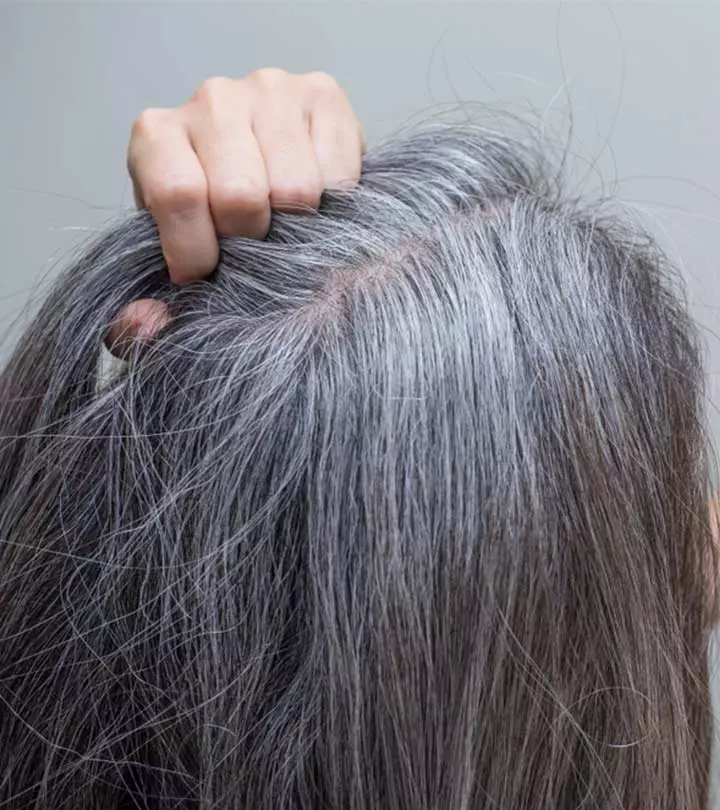
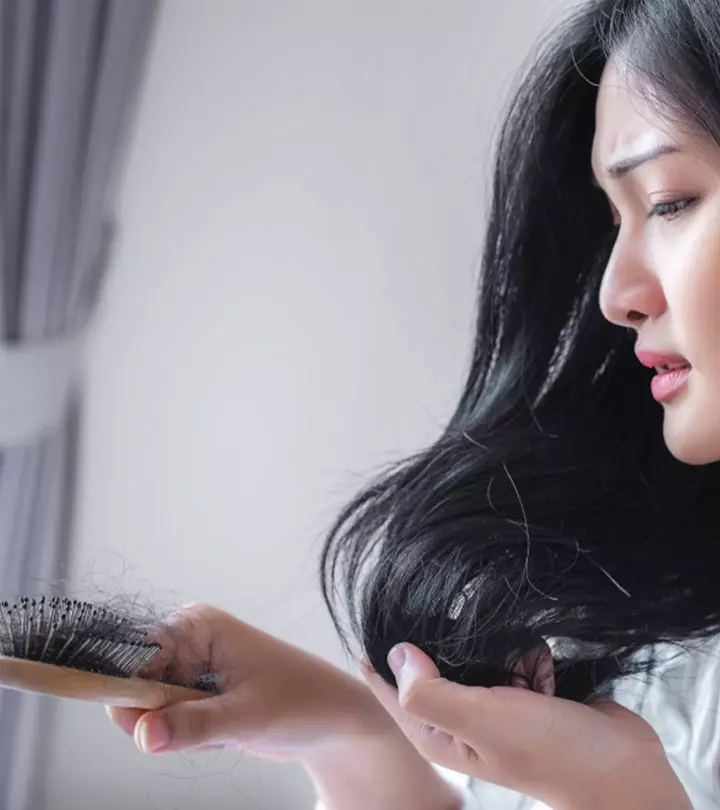
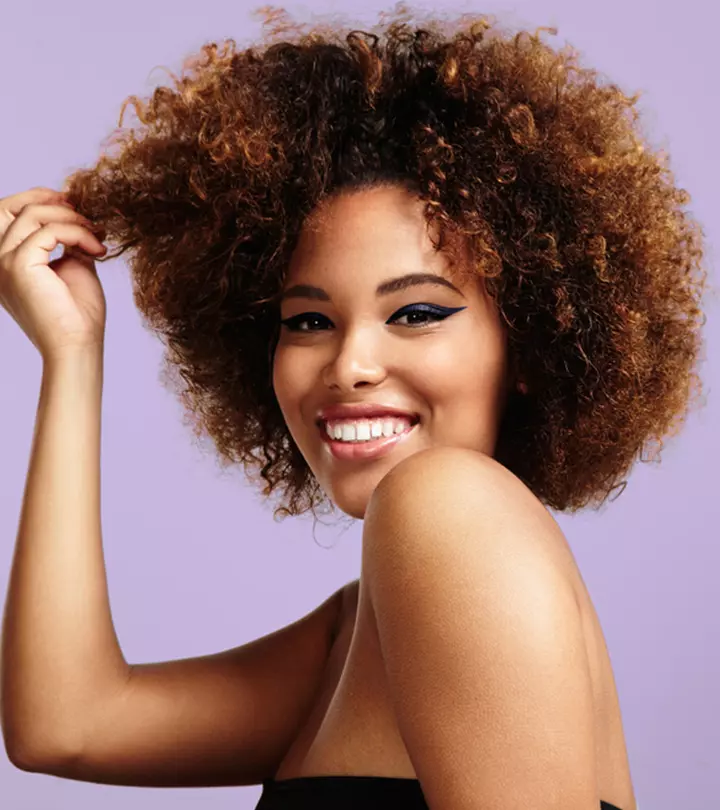

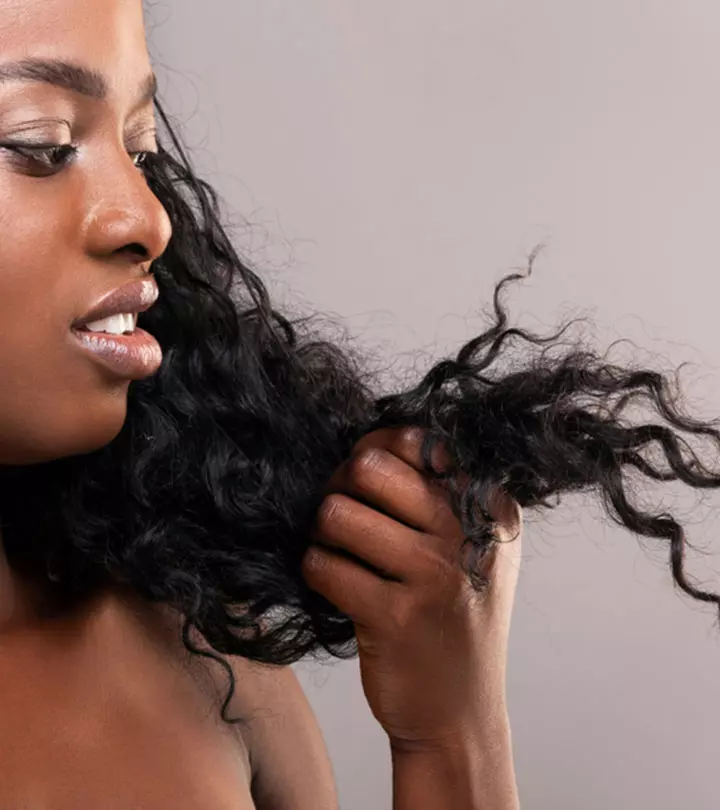







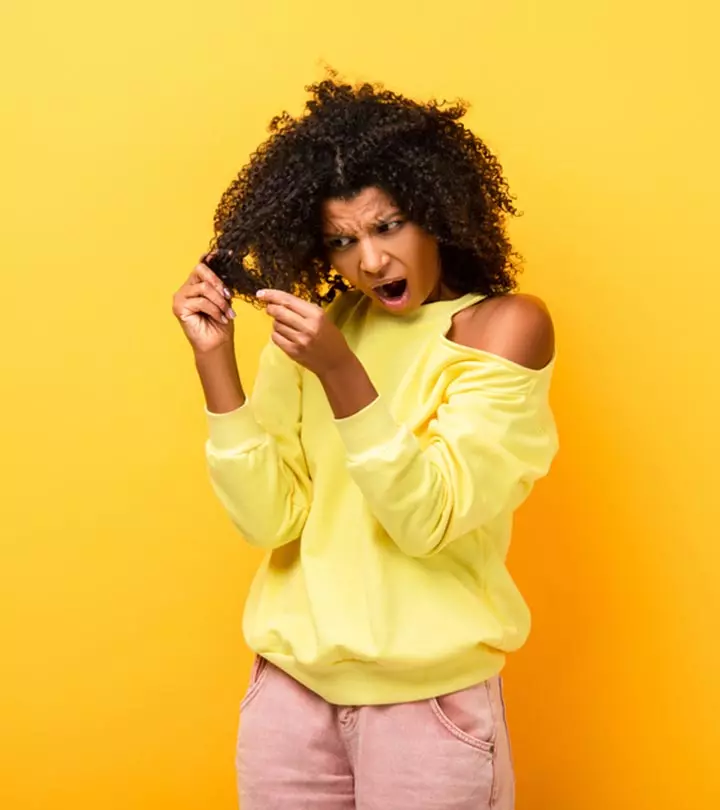
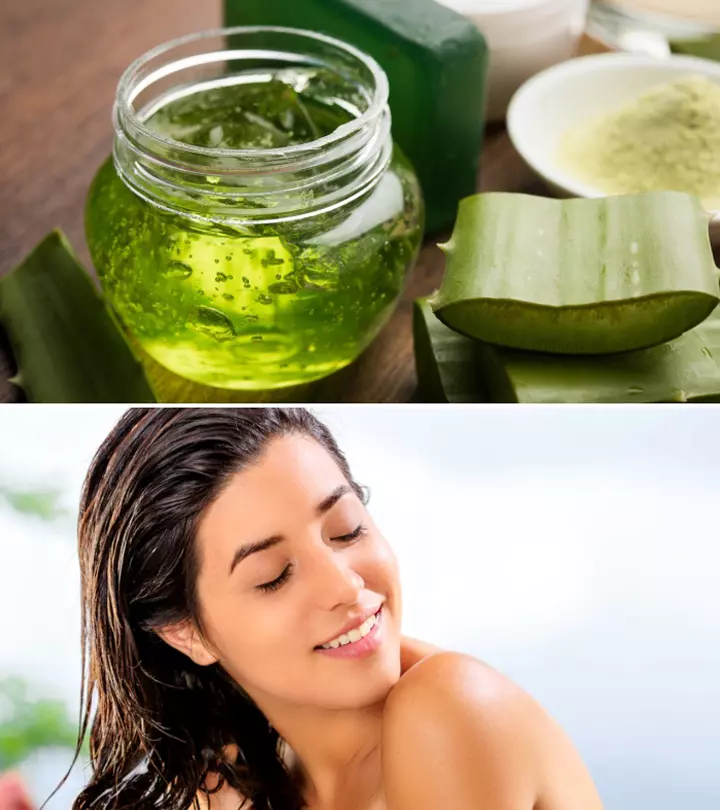
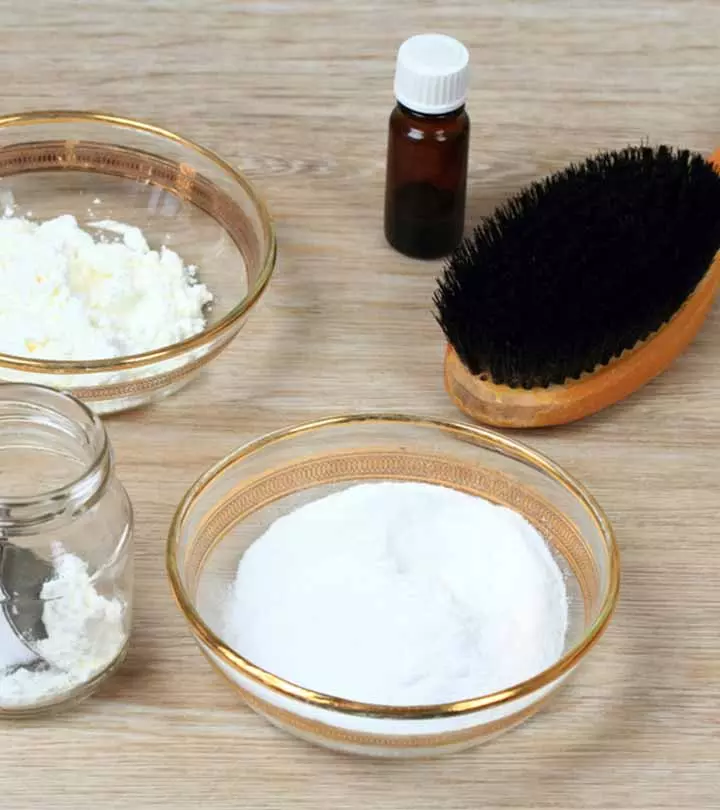

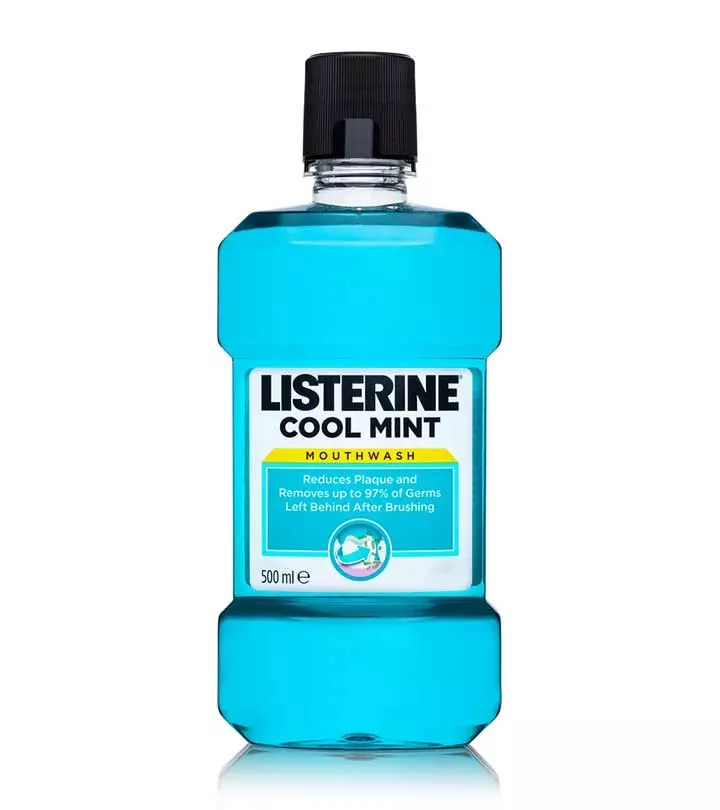


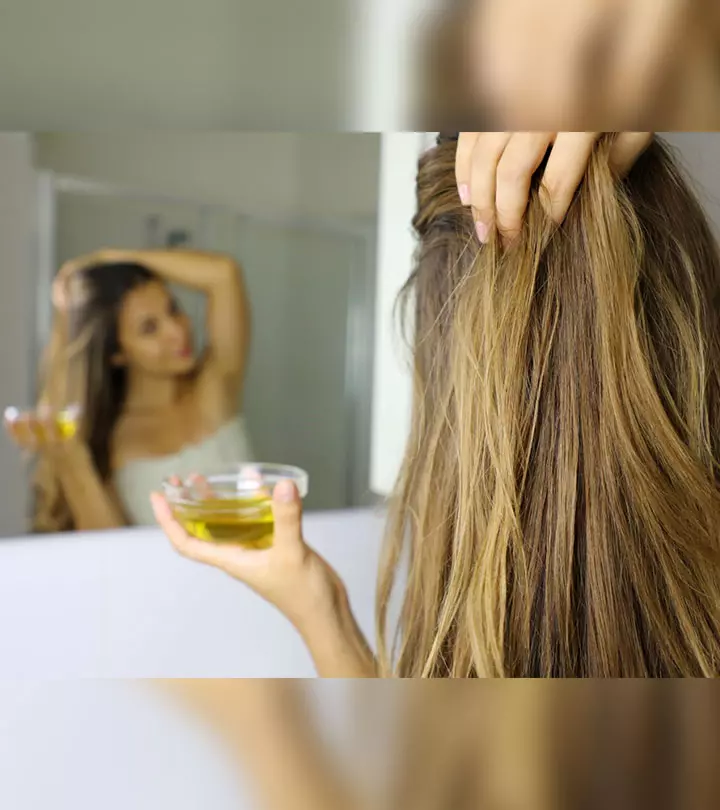

Community Experiences
Join the conversation and become a part of our empowering community! Share your stories, experiences, and insights to connect with other beauty, lifestyle, and health enthusiasts.